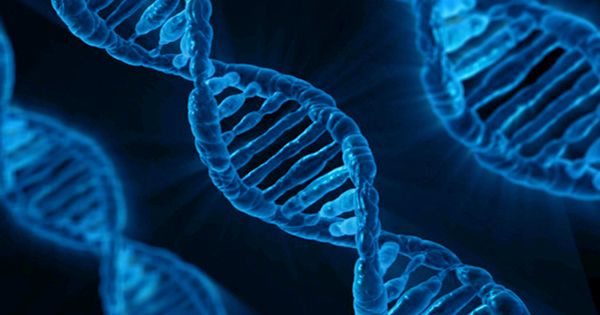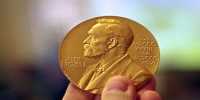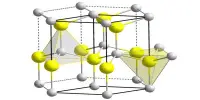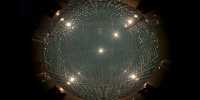Researchers have now discovered that four more synthetic characters can be used. All the information that they do to living organisms is encoded in DNA. All the variations that we notice are encoded in these molecules, each composition using only four-letter alphabets.
Compounds that interact in a predetermined way to determine the molecules of DNA, the natural “letter” are the nucleotide.
The molecules are adenine, cytosine, guanine, and thymine and the way they are ordered provides the organism with instructions for making the protein.
Taking the name from the Japanese word for eight (Hachi) and letter (moji), the researchers created what they call “hachimoji DNA”, as reported in Science. Synthetic DNA meets the structural requirements to support Darwinian evolution. The analysis shows that the 8-character version packs more information in the same length of DNA and can be replicated in RNA like regular DNA.
The work is supported by NASA and for good reason. This kind of discovery tells us that Terran DNA is not the only way that the universe can encode life. There may be an organism for which hachioji DNA is more standard than an enthusiastic discovery.
Party leader Steven Benner said in a statement to the Foundation for Applied Molecular Evolution in Alachua, “By carefully analyzing the role of shapes, sizes, and structures in hachimoji DNA, this work expands our understanding of the types of molecules that can store information in extraterrestrial life on a foreign planet.”
Identifying life on the other side of the earth is an important goal. One of the constant questions that scientists ask themselves is, “Will we be able to recognize alien life as life?” This work and similar efforts provide a clue as to what our alien life might be like.
Mary Voytek, senior scientist for Astrobiology at NASA Headquarters added, “A broad understanding of what is possible in the design and mission concepts of our equipment will result in a more inclusive search and, therefore, a more effective search for life beyond the Earth.” The groundbreaking discovery of DNA, including eight nucleotides, suitable for storing and transmitting information, shows that life not only finds a way, but it also finds multiple.
















